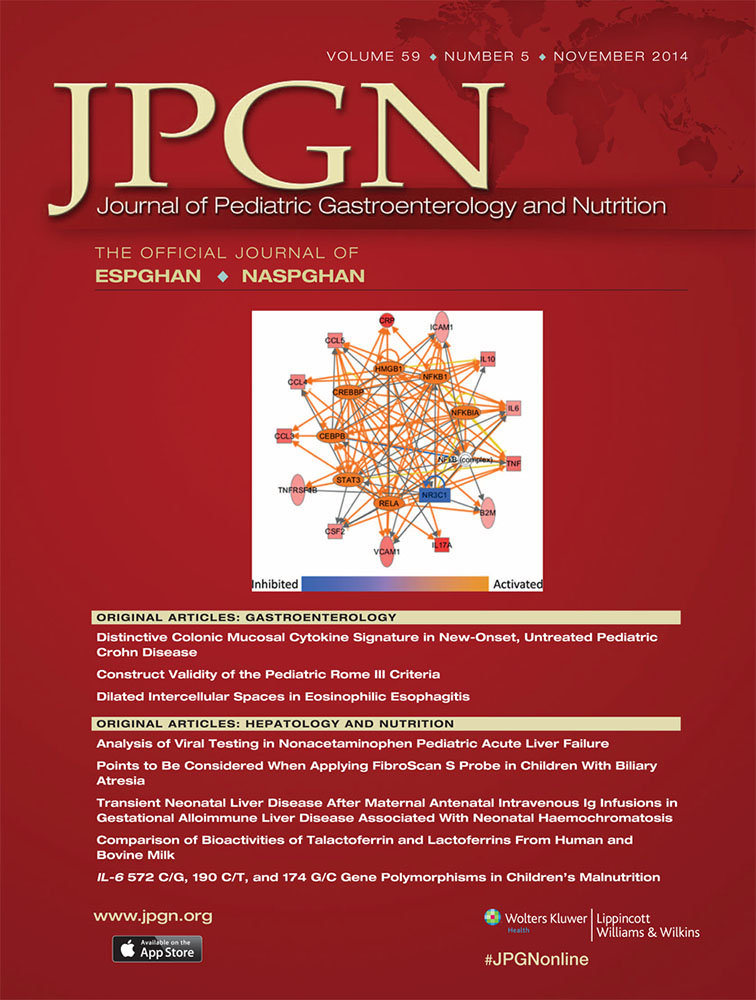Lutein and Preterm Infants With Decreased Concentrations of Brain Carotenoids
This study was funded by Abbott Nutrition (Grant No. USDA 58-1950-0-014). Human tissue was obtained from the Eunice Kennedy Shriver National Institute of Child Health and Human Development Brain and Tissue Bank for Developmental Disorders at the University of Maryland, Baltimore.
M.J.K. is an employee of Abbott Nutrition. The other authors report no conflicts of interest.
ABSTRACT
Objectives:
Lutein and zeaxanthin are dietary carotenoids that may influence visual and cognitive development. The objective of this study was to provide the first data on distribution of carotenoids in the infant brain and compare concentrations in preterm and term infants.
Methods:
Voluntarily donated brain tissues from 30 infants who died during the first 1.5 years of life were obtained from the Eunice Kennedy Shriver National Institute of Child Health and Human Development Brain and Tissue Bank. Tissues (hippocampus and prefrontal, frontal, auditory, and occipital cortices) were extracted using standard lipid extraction procedures and analyzed using reverse-phase high-pressure liquid chromatography.
Results:
Lutein, zeaxanthin, cryptoxanthin, and β-carotene were the major carotenoids found in the infant brain tissues. Lutein was the predominant carotenoid accounting for 59% of total carotenoids. Preterm infants (n = 8) had significantly lower concentrations of lutein, zeaxanthin, and cryptoxanthin in their brain compared with term infants (n = 22) despite similarity in postmenstrual age. Among formula-fed infants, preterm infants (n = 3) had lower concentrations of lutein and zeaxanthin compared with term infants (n = 5). Brain lutein concentrations were not different between breast milk–fed (n = 3) and formula-fed (n = 5) term decedents. In contrast, term decedents with measurable brain cryptoxanthin, a carotenoid that is inherently low in formula, had higher brain lutein, suggesting that the type of feeding is an important determinant of brain lutein concentrations.
Conclusions:
These data reveal preferential accumulation and maintenance of lutein in the infant brain despite underrepresentation in the typical infant diet. Further investigation on the impact of lutein on neural development in preterm infants is warranted.




